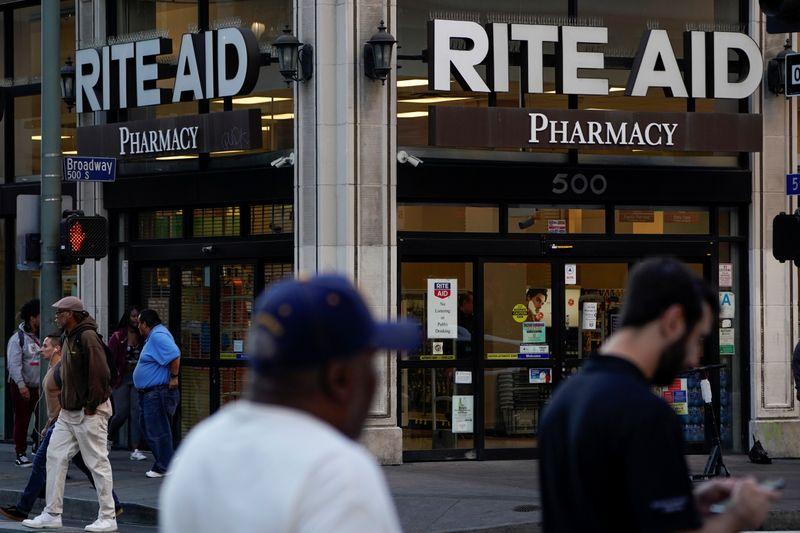Reuters this week published an investigation into how Rite Aid quietly added facial recognition systems across 200 stores in the United States over the last eight years. The Reuters year-long investigation, by Jeffrey Dastin, found Rite Aid installing the technology in largely lower-income, non-white neighborhoods in New York and metro Los Angeles. A state-of-the-art technology system used came from a company with links to China and its authoritarian government.
The data analysis, by Reuters’ Ryan McNeill, found:
1. Facial recognition cameras were present at 33 of the 75 Rite Aid shops in Manhattan and the central Los Angeles metropolitan area during one or more visits from October through July.
2. Among the 75 stores Reuters visited, those in areas that were poorer or less white were much more likely to use the equipment.
3. In areas where people of color including Black or Latino residents made up the largest racial or ethnic group, stores were more than three times as likely to have the technology.
4. Seventeen of 25 stores in poorer areas had the systems, whereas in wealthier areas it was 10 of 40 stories.
Jeffrey Dastin, technology correspondent for Reuters, explained how the investigation started: “I had wanted to deeply explore an example of facial recognition’s use in the United States. I also had an interest in how the private sector was applying the software, when I heard Rite Aid had a program underway. Early conversations in which sources described one vendor’s links to China and problems with another supplier’s system led me to keep reporting.”
Dastin shares some of the challenges during the reporting process: “I wanted to hear the perspective of a customer who was affected by the technology, but finding someone was a challenge: Rite Aid staff often did not recall the names of people they said they misidentified, and shoppers typically did not know that facial recognition was at work.”
On the overall takeaway, Dastin says, “This story describes facial recognition’s use over an eight-year period, including the drawbacks and benefits ascribed to it. After Reuters shared all its findings with Rite Aid before publication, the company said it had ended the program. I hope the story’s facts inform the public about the technology as conversations continue about whether to regulate it.”
The investigation was covered by a number of media outlets including, Fox Business Network’s Mornings with Maria Bartiromo, The New York Times, The Washington Post, The New York Post, Politico, The Daily Mail, The Information, Engadget, The Verge and more.
Read the full investigation by Jeffrey Dastin here. Learn more about the methodology behind how Reuters analyzed each of the Rite Aid stores.
[Reuters PR blog post]
Media contact:
Deepal. Patadia @ tr.com
